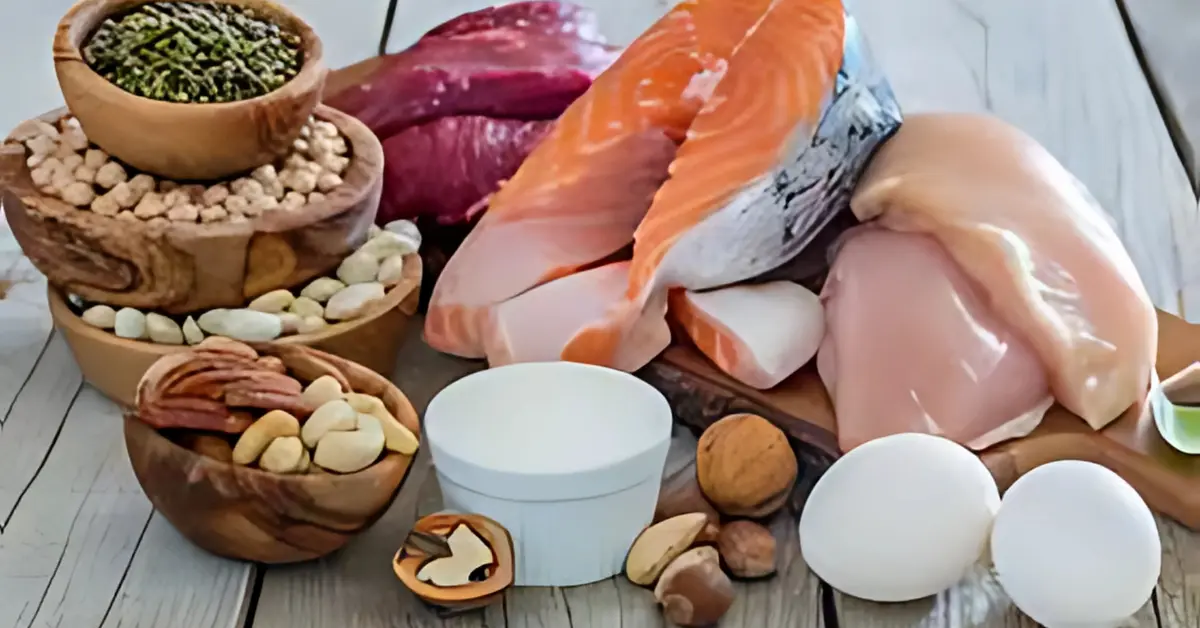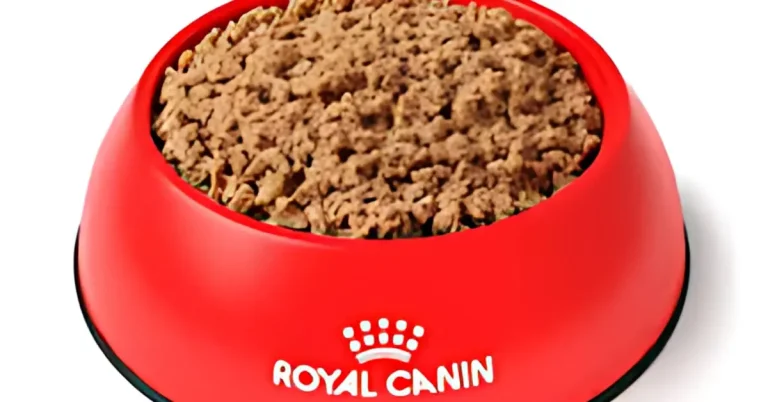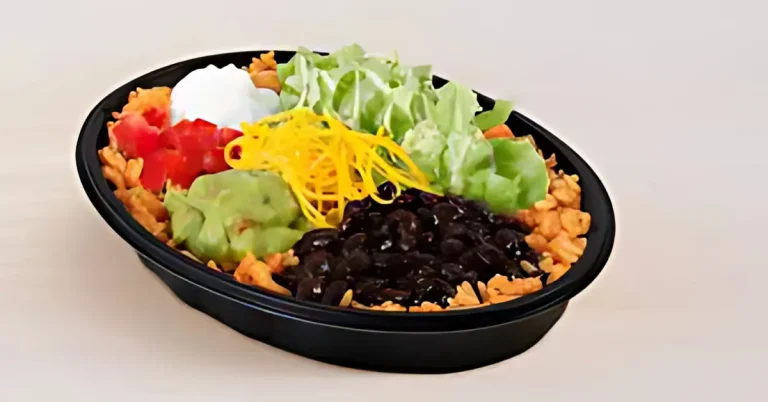High protein, low fat foods are among the most effective dietary choices for improving health, supporting weight loss, and building lean muscle. These foods provide essential amino acids without the excess calories from fat, making them ideal for anyone aiming to stay fit, energized, and heart-healthy. Backed by scientific research, lean proteins such as chicken breast, lentils, fish, and Greek yogurt have been proven to promote satiety, preserve muscle, and improve metabolic efficiency.
Nutrition experts and health organizations, including the American Heart Association, recommend replacing fatty meats with lean protein options to reduce cholesterol and long-term disease risk. By incorporating a variety of animal- and plant-based sources into your meals, high-protein, low-fat foods not only enhance physical performance but also support sustainable lifestyle changes. This balanced approach ensures you get both the strength-building power of protein and the long-term health benefits of eating light and clean.
If your goal is to lose fat, gain lean muscle, or simply eat healthier, then focusing on high-protein, low-fat foods is one of the smartest strategies you can follow. These foods are nutrient-packed, satisfying, and versatile, making them ideal for everyday meals.
Unlike restrictive diets that cut out entire food groups, a lean protein approach is sustainable and scientifically backed. It gives your body the building blocks it needs while keeping calories in check.
This comprehensive guide will cover everything: from the benefits of high-protein low-fat foods to detailed food lists, meal plans, cooking tips, shopping strategies, and expert insights.
Table of Contents
ToggleKey Takeaways
- High-protein, low-fat foods help with weight loss, muscle building, and heart health by providing essential nutrients without excess calories.
- Best animal-based options: chicken breast, turkey breast, egg whites, white fish, Greek yogurt, lean beef, and whey protein.
- Best plant-based options: lentils, chickpeas, beans, tofu, tempeh, edamame, quinoa, and seitan.
- These foods are low in calories but high in satiety, making them excellent for appetite control.
- Use simple cooking methods like grilling, baking, steaming, or air-frying to keep meals lean.
- Pair lean proteins with vegetables and whole grains for balanced nutrition.
- Common mistakes to avoid: relying only on powders, skipping fiber, neglecting hydration, and ignoring portion sizes.
- Experts recommend 1.6–2.2g of protein per kilogram of body weight for athletes, and 0.8g/kg for average adults.
Why Choose High-Protein Low-Fat Foods?
1. Better Satiety
Protein takes longer to digest than carbs or fats. Eating lean protein keeps you fuller for longer, helping reduce cravings and late-night snacking.
2. Supports Lean Muscle
Protein repairs and builds muscles. Low-fat protein sources like chicken, fish, lentils, or tofu deliver amino acids for recovery without the excess calories from fat.
3. Increases Metabolism
Protein has the highest thermic effect of food (TEF)—your body burns more calories breaking down protein than fats or carbs. This small boost adds up over time.
4. Heart-Friendly
Reducing saturated fat while eating more lean proteins helps lower cholesterol and supports heart health.
5. Works for All Lifestyles
From athletes to office workers, from vegetarians to meat-eaters, there are high-protein, low-fat foods that fit every preference.
Nutritional Snapshot
Most high-protein low-fat foods share these traits:
- Protein-rich: 10–30g per serving.
- Low fat: Under 5g per serving (many under 2g).
- Nutrient-dense: Rich in iron, calcium, B-vitamins, and fiber (plant sources).
- Lower calorie density: You can eat more without overeating calories.
Example:
- 100g chicken breast = 165 calories, 31g protein, 3.6g fat.
- 100g lentils = 116 calories, 9g protein, <1g fat.
- 150g non-fat Greek yogurt = 90 calories, 15g protein, 0g fat.
Best High-Protein Low-Fat Foods
Animal-Based Options
- Skinless Chicken Breast – 26g protein/100g, versatile and easy to prep.
- Turkey Breast – 29g protein/100g, slightly richer in micronutrients.
- Egg Whites – 3.6g protein each, fat- and cholesterol-free.
- White Fish (Cod, Tilapia, Haddock) – 20g protein/100g, less than 2g fat.
- Non-Fat Greek Yogurt – 10g protein/100g, plus probiotics.
- Low-Fat Cottage Cheese – Slow-digesting casein, ideal before bed.
- Whey Protein Powder – 20–25g protein per scoop, great for shakes.
- Lean Beef Cuts (Sirloin, Tenderloin) – Iron and B12-rich.
Plant-Based Options
- Lentils – 18g protein per cup, plus fiber and iron.
- Chickpeas – 15g protein per cup, excellent for curries or salads.
- Black Beans & Kidney Beans – 15g protein per cup, steady energy.
- Tofu – 10g protein/100g, absorbs flavors well.
- Tempeh – 19g protein/100g, fermented for easier digestion.
- Edamame – 17g protein per cup, quick snack option.
- Quinoa – 8g protein per cup, one of the few complete plant proteins.
- Seitan – 25g protein per 100g, dense and meat-like for vegans.
Comparing Diets: Why Lean Protein Wins
- Keto vs. High Protein Low Fat: Keto focuses on fat, but high protein low fat emphasizes leaner eating, making it more sustainable for long-term health.
- Low Carb vs. High Protein: Low-carb diets often lack fiber. Lean proteins with balanced carbs support both energy and digestion.
- Balanced Diet vs. High Protein: Balanced diets are great for maintenance, but lean proteins excel at fat loss and muscle preservation.
High-Protein Low-Fat Foods by Lifestyle
For Athletes
- Chicken, turkey, fish, whey.
- Boosts recovery and strength.
For Office Workers
- Greek yogurt, roasted chickpeas.
- Easy snacks to fight hunger at work.
For Seniors
- Fish, lentils, Greek yogurt.
- Prevents age-related muscle loss (sarcopenia).
For Weight Loss Seekers
- Egg whites, lentil salads, and cod.
- Keeps calories low but hunger under control.
Meal Planning with High-Protein Low-Fat Foods
Breakfast Ideas
- Egg white omelet with spinach.
- Greek yogurt parfait with oats and berries.
- Whey protein shake with banana.
Lunch Options
- Grilled chicken with quinoa and broccoli.
- Turkey wraps with hummus and lettuce.
- Lentil salad with lemon dressing.
Dinner Ideas
- Baked cod with asparagus and sweet potato.
- Tofu stir-fry with colorful peppers.
- Lean beef sirloin with zucchini noodles.
Snack Choices
- Cottage cheese with pineapple.
- Roasted chickpeas or edamame.
- Hard-boiled egg whites.
High-Protein Low-Fat Snacks for Cravings
Instead of chips or candy:
- Roasted edamame.
- Rice cakes with tuna.
- Yogurt cups with chia seeds.
- Cottage cheese with cucumber.
These snacks are portable, quick, and satisfying.
High-Protein Low-Fat Foods on a Budget
- Buy beans, lentils, and chickpeas in bulk.
- Stock frozen fish fillets.
- Use eggs and egg whites.
- Choose family-size yogurt tubs.
- Stick with seasonal produce.
Budget eating is possible with smart shopping.
Cooking Tips to Keep Meals Lean
- Grill, steam, or air fry instead of frying.
- Use spices and herbs instead of creamy sauces.
- Trim visible fat from meat.
- Swap ingredients: Greek yogurt for cream, tofu for paneer.
- Batch cook proteins for the week.
Common Mistakes
- Over-relying on supplements.
- Neglecting veggies and whole grains.
- Forgetting water intake.
- Eating only meat (ignoring plant proteins).
- Ignoring calorie balance.
Myths About High-Protein Low-Fat Diets
- Myth: Too much protein damages the kidneys.
Fact: Safe for healthy people; risk only in kidney disease. - Myth: Vegans can’t get enough protein.
Fact: Lentils, quinoa, tofu, and seitan cover needs easily. - Myth: All protein bars are healthy.
Fact: Many are loaded with sugar. Read labels carefully.
Shopping Guide: How to Choose Smart
Check labels for:
- 10g+ protein per serving.
- Less than 5g of fat.
- Low added sugars.
- Minimal ingredients.
Science-Backed Evidence
- Journal of Nutrition: High protein improves fat loss and preserves muscle.
- American Heart Association: Lean proteins lower cholesterol and heart risk.
- Sports Medicine Reviews: 1.6–2.2g protein/kg is optimal for athletes.
Expert Tips
- Rotate proteins weekly.
- Pair with vegetables for fiber.
- Track macros if you have fitness goals.
- Plan meals ahead to avoid temptations.
- Consistency matters more than perfection.
Final Thoughts
Switching to a diet rich in high-protein, low-fat foods is a proven way to achieve lasting health. From chicken breast and Greek yogurt to lentils and tofu, the choices are endless.
The key is not restriction, but balance: combine lean proteins with vegetables, whole grains, and a little healthy fat. Over time, this lifestyle builds better energy, lean muscle, and overall wellness.
Start small—swap fried foods for grilled chicken or add lentils to your lunch—and build from there. With consistency, you’ll see powerful results.
❓ Frequently Asked Questions (FAQs)
1. What are the best high-protein, low-fat foods?
Some of the best options include chicken breast, turkey breast, egg whites, cod, tilapia, non-fat Greek yogurt, lentils, chickpeas, tofu, tempeh, and edamame. These foods are protein-dense and naturally low in fat.
2. Can high-protein, low-fat foods help with weight loss?
Yes. Protein keeps you full for longer, which helps reduce cravings and overall calorie intake. Combined with a calorie deficit, these foods support fat loss while preserving muscle mass.
3. How much protein should I eat daily?
The recommended intake varies:
- General adults: 0.8 grams of protein per kilogram of body weight.
- Athletes or people aiming for fat loss/muscle gain: 1.6–2.2 grams per kilogram.
4. Are plant-based protein sources effective?
Absolutely. Foods like lentils, beans, tofu, tempeh, quinoa, and seitan provide plenty of protein with little fat. When combined, they can offer all essential amino acids needed for health.
5. Can I eat high-protein, low-fat foods every day?
Yes. Lean proteins are safe and healthy for daily consumption. Just make sure to balance your diet with vegetables, whole grains, and small amounts of healthy fats.
6. Are protein powders necessary?
Not necessarily. Whole food sources should be your priority. Protein powders are useful when you’re short on time or can’t meet your protein needs through food alone.
7. Do high-protein, low-fat diets damage kidneys?
For healthy individuals, there is no evidence that higher protein intakes harm kidney function. However, people with existing kidney conditions should consult a healthcare professional before increasing protein.
8. What cooking methods keep protein meals low in fat?
Grilling, baking, steaming, poaching, and air-frying are the best methods. Avoid deep frying or cooking with heavy oils and creamy sauces.
9. Can seniors benefit from high-protein, low-fat foods?
Yes. As people age, they naturally lose muscle (sarcopenia). A diet rich in lean protein helps preserve strength, mobility, and overall health.
10. What are quick snack ideas with high protein and low fat?
Great snacks include Greek yogurt, cottage cheese, roasted chickpeas, boiled egg whites, edamame, and tuna on rice cakes
Hi, I’m Effi, a health writer passionate about simplifying wellness and empowering you to make informed health choices. With a focus on evidence-based content, I create practical guides and tips for a healthier lifestyle.






